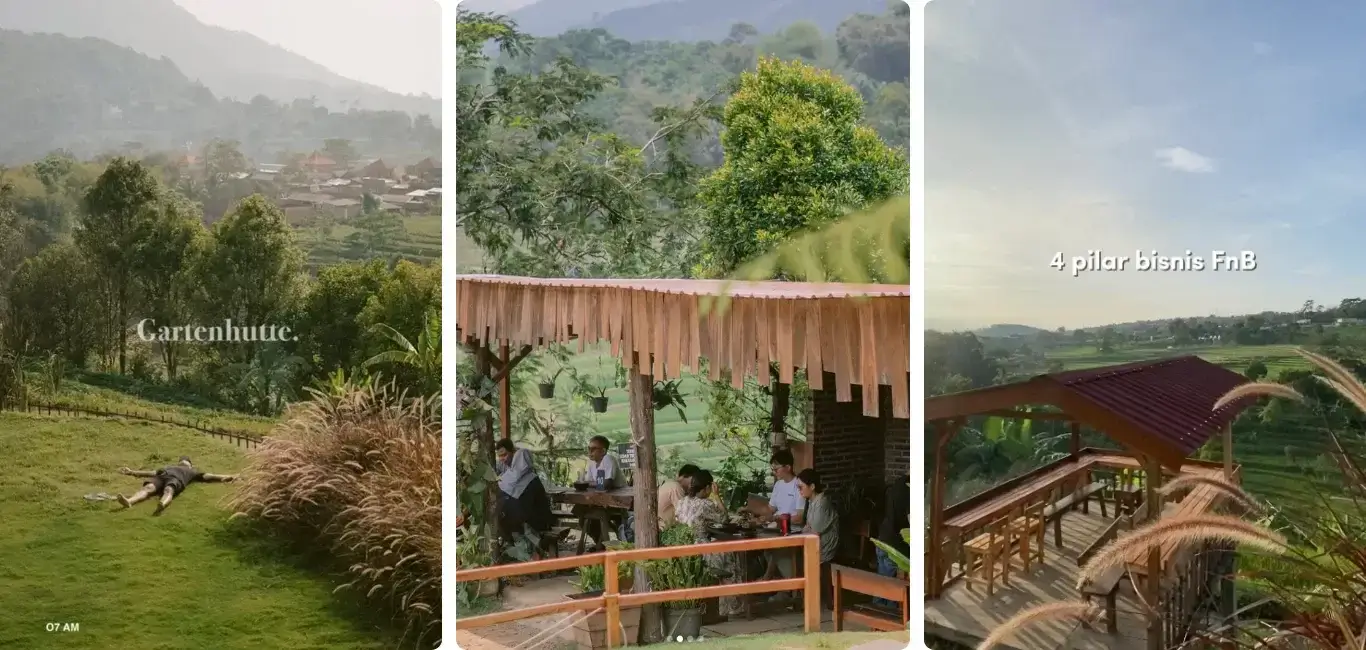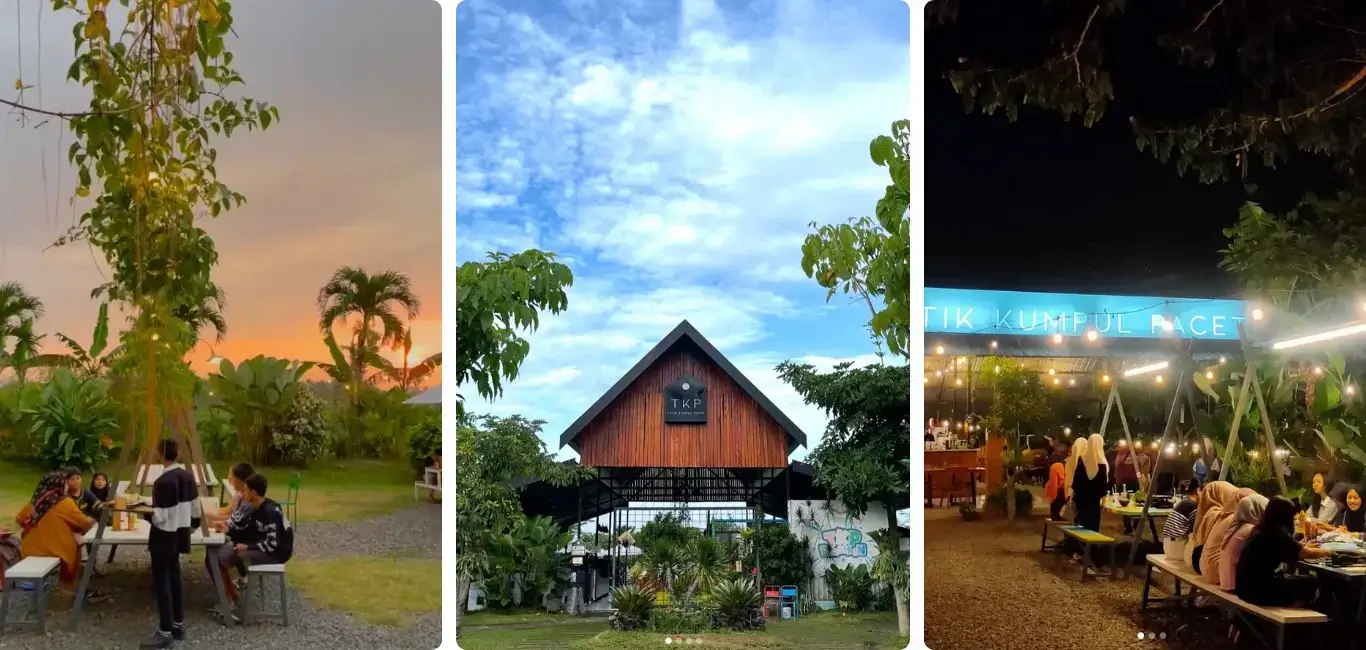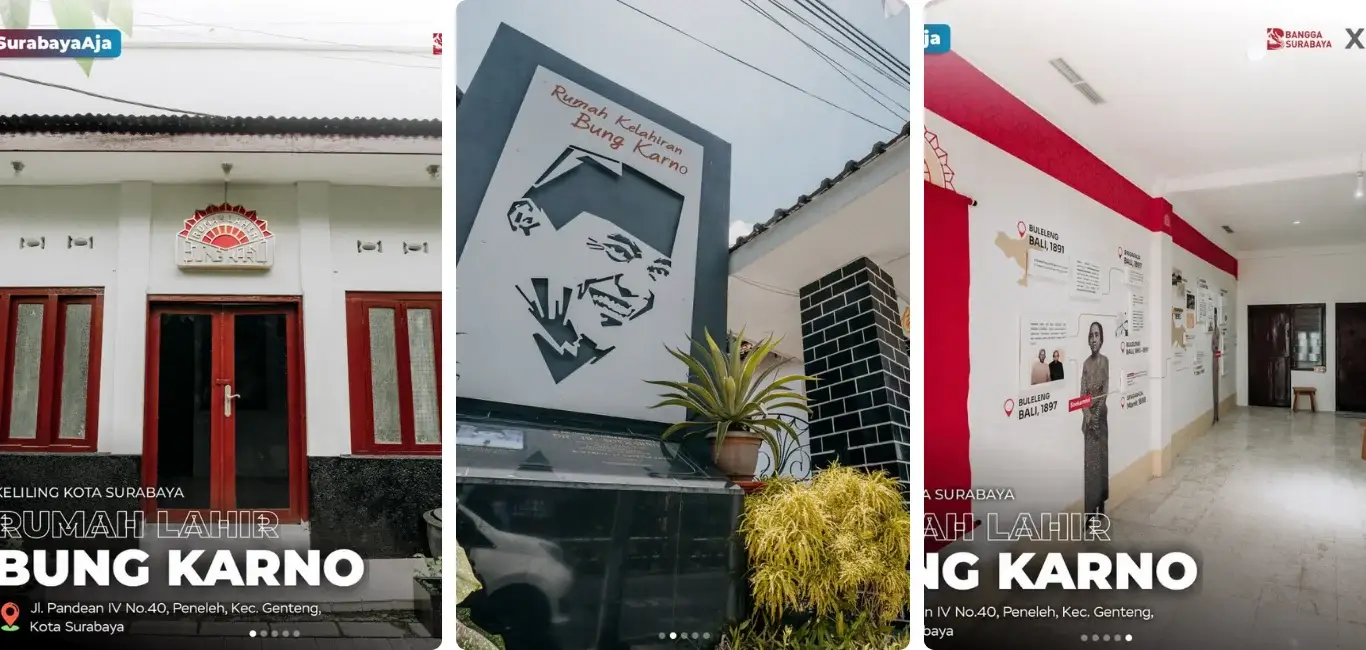Article
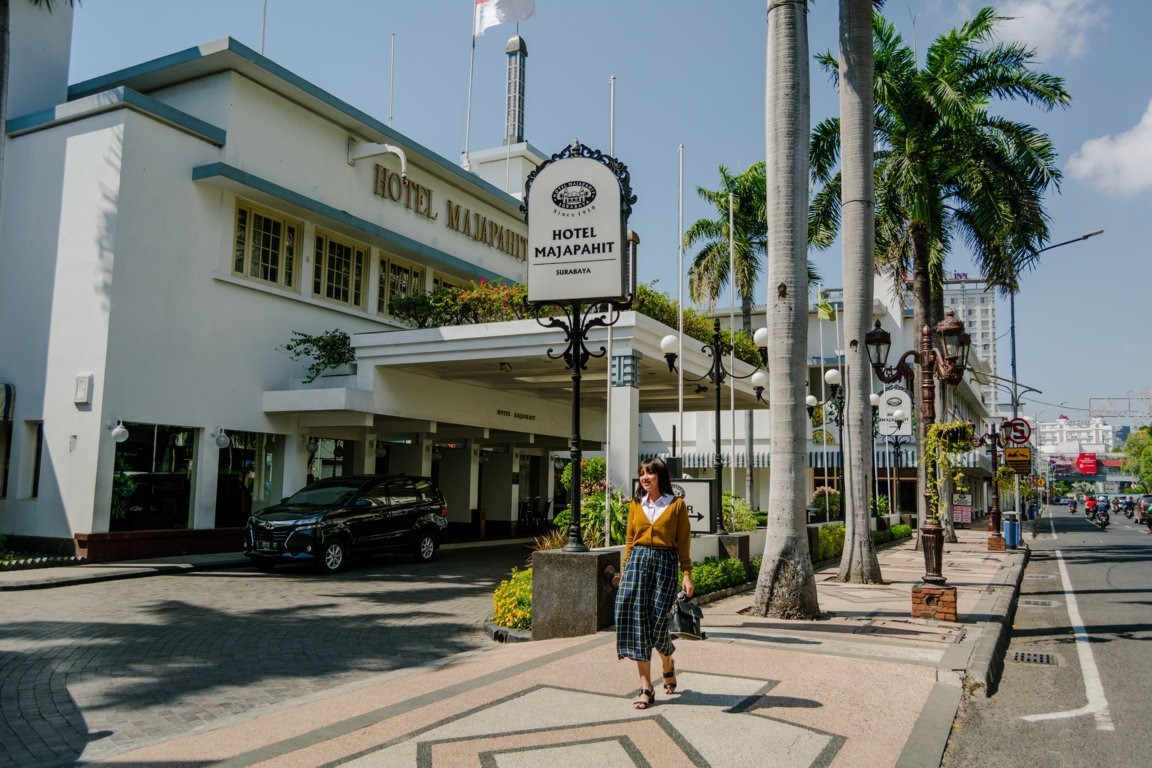
Surabaya Old Town Area: Tracing the Time Alley in the City of Heroes
Surabaya is the second largest city in Indonesia, also touted as a metropolitan and also an industrial city. No wonder so many people visit this city to run a business or run a job. Surabaya is also famous for historical events that once happened during the Dutch colonial period, so the city is nicknamed the City of Heroes. This is what makes several areas in the City of Heroes dubbed the old city of Surabaya because they have their own historical value and become an impressive tourist area.
Some of these areas are located in the northern part of the city of Surabaya. To find out more about its history, let's see the explanation below!
1. Stroll through the northern part of Surabaya: The historic old city of Surabaya

The Central Gate of Kya Kya Kembang Jepun in Red is very serene. Surabaya Old Town
Kyakya Surabaya (Source: Wahyudiari)
Did you know that the North Surabaya area is one of the places that holds a lot of history in Surabaya? In this area there are several iconic places, such as the Jembatan Merah area, Kembang Jepun, Jalan Rajawali, Jalan Veteran, and the Hero Monument.
The Red Bridge area was once the busiest area during the Dutch occupation. This is because this area is the center of government, offices, and trade. Trading activities at that time involved traders from various countries, such as Europe, Arabia, and China.
Initially, this bridge was built to connect the areas of West Surabaya and East Surabaya which were separated by the Kalimas River. In this place there was also a battle between the youths of Surabaya and Brigadier General Mallaby which ended in the death of Brigadier General Mallaby. The red color on the iron railing of the bridge has a symbol of the color of the bloodshed that used to happen on this bridge.
Not far from the Red Bridge area, there is another area called Kembang Jepun or also called Kya-Kya. This area is inhabited by Chinese people who also trade to support the economy. In the 2000s, Kya-Kya became a bustling Peranakan Chinatown and culinary center filled with a touch of Chinese culture. But now the culinary center is no longer there.
Turning to Veteran Street towards the Heroes Monument, here there are many protected cultural heritage buildings. If you walk along this street, you can feel the atmosphere of the old city of Surabaya because along the way it is flanked by old colonial-style buildings. Young people from Surabaya are often seen taking pictures and videos in the area of these old buildings.
2. The City of Heroes which was a silent witness to the battle in the past

Hotel Majapahit in white symbolizes the old city of Surabaya
Hotel Majapahit (Source: Dailyhotels)
From North Surabaya, now we will explore the central part of Surabaya where this area is also one of Surabaya's old city areas as well as an iconic landmark in the City of Heroes.
Jalan Tunjungan is said to be the most historic commercial point in the city of Surabaya. How not, the existence of this road has existed since 1930. Its development has been very rapid since that year, starting from the opening of shops that support the local economy to the opening of car dealer outlets. This is what makes Jalan Tunjungan a vital trading center in Surabaya.
Apart from the economic point of view, Jalan Tunjungan also has a high historical value for the Suroboyo area. This is because on this road there was once a bloodshed between the youth of Surabaya and the colonial invaders who fought to liberate the country.
On Jalan Tunjungan there is the Siola Building which was once a place to hold off Allied attacks. Previously, this building was named Whiteway Laidlaw which was owned by Robert Whitelaw, a clothing and textile entrepreneur from England. After he died, this building was bought by a Japanese businessman named Chiyoda. In the course of its history, Siola Building became a silent witness to the war against the Allies.
There is also an iconic magnificent hotel that should be known by all citizens of the country, namely Hotel Majapahit. Previously this hotel was named Hotel Yamato. If you still remember history lessons in elementary school, this is where the tearing of the Dutch Red and White Blue flag into the Indonesian Red and White flag took place.
This hotel is also a silent witness of the bloodshed over this heroic event. Until now, Hotel Majapahit, which is located on Jalan Tunjungan, still exists as a 5-star hotel in Surabaya. By maintaining its Dutch colonial-style architecture, this hotel offers the sensation of a luxurious stay.
3. Buildings from the Dutch colonial era that have now been converted into museums
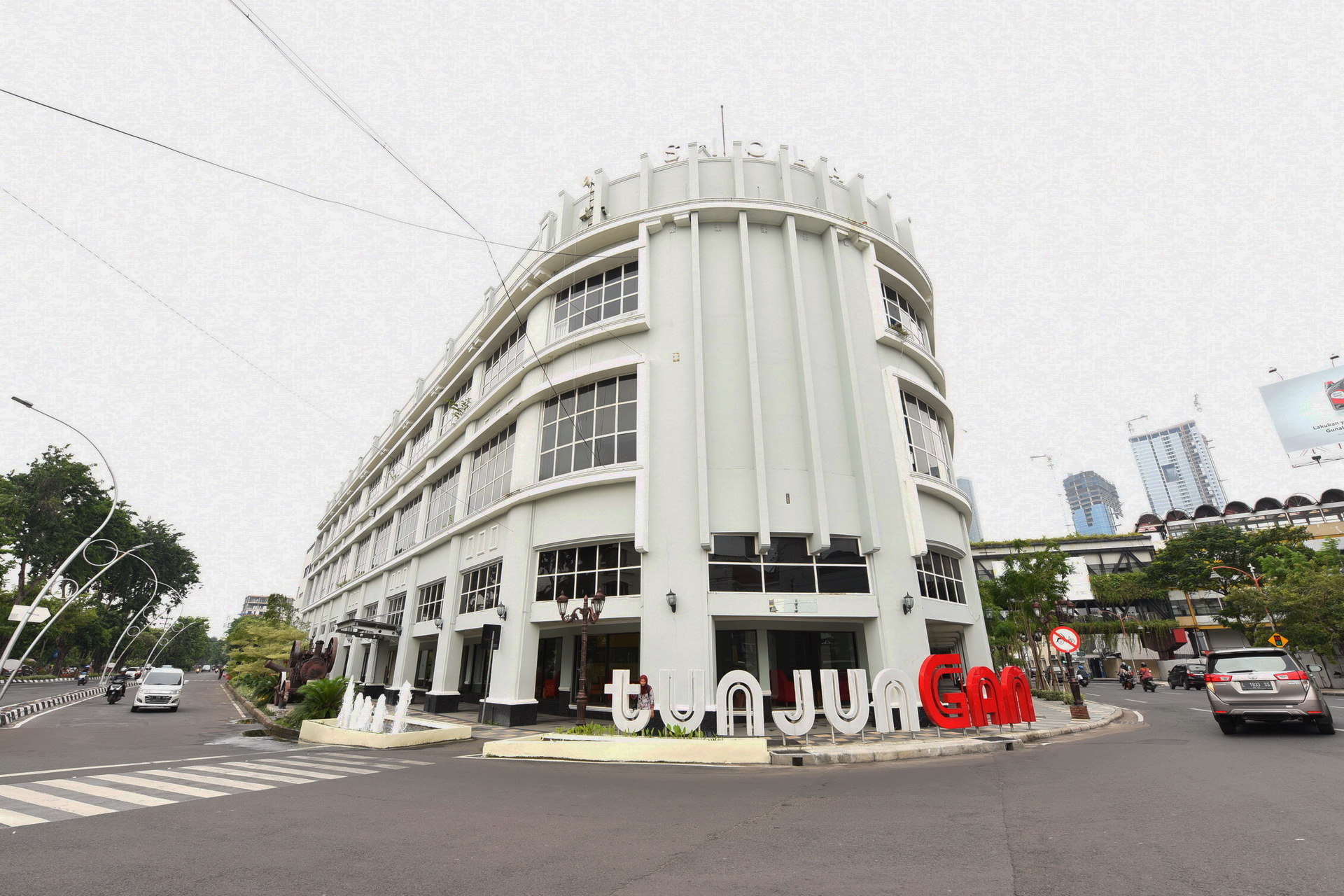
The Siola building is white with white and red signs. Surabaya old city.
Siola Building (Source: Surabaya City Government)
Now historical places in the region the old city of Surabaya has been converted into cultural heritage buildings and museums. Like the Siola Building, which is currently the Surabaya Museum, which stores hundreds of historical items. Likewise, several buildings on Jalan Veteran that used to be a place for storing war equipment have now been converted into Bank Mandiri and Surabaya Polrestabes buildings.
There are also several buildings on Jalan Rajawali that used to be former large plantation offices, now these buildings have been turned into government and private offices.
